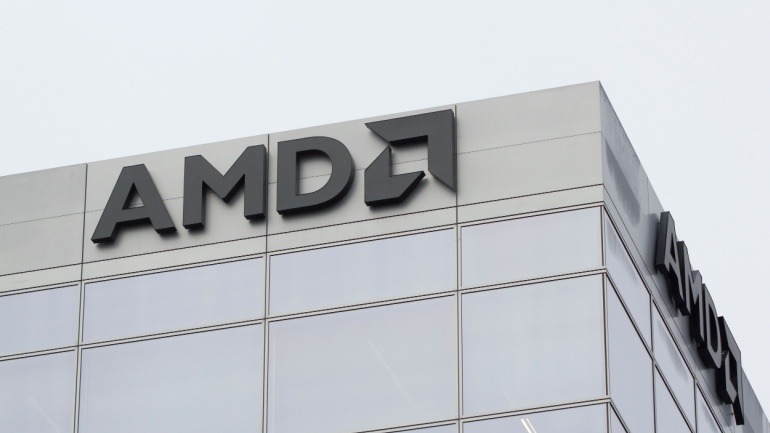Amazon is setting its sights on an ambitious target for 2025, planning to invest $100 billion in AI infrastructure. This move aligns with statements from CEO Andy Jassy, who believes AI represents an unprecedented opportunity. Hyperscalers, including Amazon, are recognizing the significant potential in AI-driven services and infrastructure.
During a discussion with investors, Jassy highlighted that Amazon expects its annual capital expenditure rate in 2025 to align with the $26.3 billion recorded in the fourth quarter. Most of this expenditure will focus on AI for Amazon Web Services (AWS), which Jassy describes as a fast-growing sector within the company.
In the last quarter, AWS’s net sales reached $28.8 billion, marking a 19% increase year-over-year, while the operating income rose to $10.6 billion. For 2024, AWS recorded $107.6 billion in net sales and $39.8 billion in operating income, also showing a 19% annual increase.
The AI strategy for AWS covers the full stack of infrastructure, focusing on components designed to improve training and inference tasks. Digital advancements include custom silicon chips, such as Tranium for training and Inferentia for inference. These chips address customer needs for cost-effective AI workloads and higher performance.
Additional innovations include partnerships with tech titans like NVIDIA. AWS aims to provide better AI infrastructure computing through its advanced GPUs. Additionally, AWS has developed Elastic Fiber Adapter and Nitro hypervisor to enhance internal network communications.
AWS has also developed Amazon SageMaker, which supports AI workflows from concept to deployment. This platform facilitates complex AI operations by distributing workloads efficiently and recovering from interruptions. Similarly, Amazon Bedrock offers diverse foundation models, aiding users in tuning their AI models to suit specific needs.
CFO Brian Olsavsky noted the capital expenditure also covers non-AWS areas. This includes Amazon’s fulfillment and transportation operations, aligning with the company’s broader technological infrastructure demand.
Confronted with the disparity between growing AI service demand and existing AWS capacity, Jassy admitted the capacity constraint. He emphasized the need for more silicon chips to meet rising demand. Jassy remains optimistic about the potential for capacity growth, hinting at the likelihood that AWS’s growth rate could accelerate with increased capacity.







